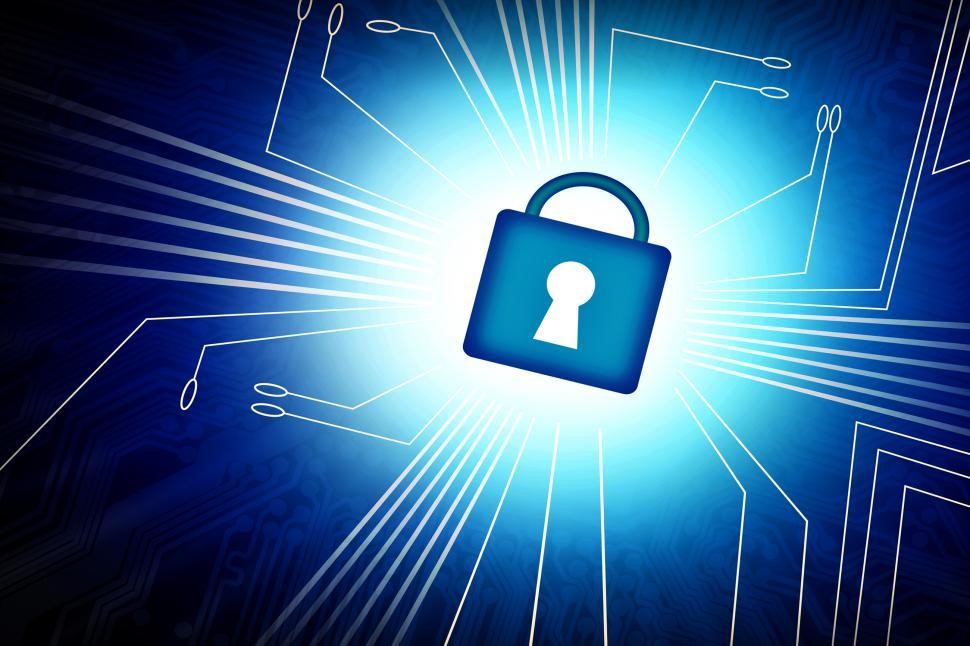One of the greatest cybersecurity communication challenges facing us in 2018 is the plethora of unsuitable cybersecurity stock photos that simply tell the wrong story. In our first blog kicking off Cybersecurity Awareness Month, we’ve rounded up some of the worst offenders to figure out what they actually say about the industry and just why they’ve invaded publications quicker than you can whisper WannaCry.
We think that there are better ways of illustrating cybersecurity out there and we’re tasking you with the challenge of coming up with one. Say is offering one lucky winner a £150 Amazon Voucher for the best ‘new and innovative’ cybersecurity image. If you’d like the chance to win this great prize, get creative and email systems@saycomms.co.uk or tweet @saycomms with your original cybersecurity image and a short explanation of why its unique with the hashtag #CyberSecurityMakeover by 31/10/2018.
Read on for the three cliched tropes we think are well overdue for retirement.

1. The hacker in a hoodie
This is wrong for a whole host of reasons. Firstly, it perpetuates the stereotype of hackers being teenage boys who sit in darkness away from the rest of the world. This gives the impression that being a hacker is a ‘phase’ largely carried out by individuals as opposed to large organisations and networks of cyber attackers. Secondly, it makes out that hackers only operate from the comfort of their own home when that couldn’t be further from the truth. More dangerous to you is the normal looking person sat on their laptop in the corner of a coffee shop. You are most at risk of having your data stolen when you and your devices are in public and on public Wi-Fi networks. Failing to show hackers as anything other than youths in their homes trains people to let their guard down when they should always be on guard.
Also, having a faceless person in a hoodie as a sign of pure evil is kind of offensive. In a New York Times op-ed from 2016, Troy Patterson wrote that ‘the hood continues to frame matters of class and race in ways that tend to satisfy the interest of power’. 21st Century hipster yuppies like Mark Zuckerberg might have co-opted the hoodie as the professional attire of this generation of disruptive innovators who seek to distance themselves from the stiff upper lip of traditional business, but, as Patterson says: the hoodie is “uniquely convenient as a proxy for racial profiling or any other exercise of enmity”. In other words, the hacker in a hoodie is lazy and offensive. Try something else.

2. The anonymous masked man
A close relative of the hooded hacker (sometimes they’re even wearing a hoodie for the double whammy), the Guy Fawkes mask is a not-so-subtle reference to the international hacktivist group ‘Anonymous’. I get it; it’s a powerful and striking image that, unlike the standard hoodie, lends itself to suggesting that hackers operate in organised groups. Harkening to the climax of Alan Moore’s V For Vendetta where the nation stands in unity with the masked vigilante (V by donning his mask, Anonymous identifies with the mask as a banner under which they all operate. They subscribe to the same ethos, and rally behind a unifying identity of standing up against corrupt governments and organisations that stack the deck in favour of the ‘1%’.
On that level, it achieves its goal, but that is about where it stops. Only the most pretentious among them would think ‘time for hacking, let me grab my mask’.

3. Lock and key
What screams security more than a padlock? The universal sign of ‘everything behind here is safe and sound’, the padlock has long been used as a symbol of physical security and safety. So it makes sense that it gets used in the context of protecting yourself digitally, right? Well, not quite. The padlock image portrays a form of cybersecurity which has been considered as not very secure for quite some time. A padlock that is securing a bike might have a unique key in the same way that a password for a server might be unique, but much like the determined thief with their bolt cutters, even the most basic of hackers will be using key generators or key logging malware to break into a PC.
Nowadays, multi-factor authentication is encouraged or required for a lot of services. Everything from Gmail to Fortnite encourages users to set up a secondary device to authenticate any login attempts. It’s much more secure and is a simple way to give users a greater degree of control over their accounts. To bring it back around to the padlock image – if the password has traditionally been the key to unlock the padlock, in the age of multi-factor authentication, a password is more like a request to gain access to the key.
While being a direct symbol of security, the image somewhat oversimplifies the complicated process of account security. The whole thing could probably do with being updated to illustrate that securing an account isn’t as straightforward as a padlock.
For competition terms and conditions visit:
https://www.saycomms.co.uk/wp-content/uploads/2018/10/CyberSecurityMakeover-Competition-TCs.pdf
By Jonathan E.

